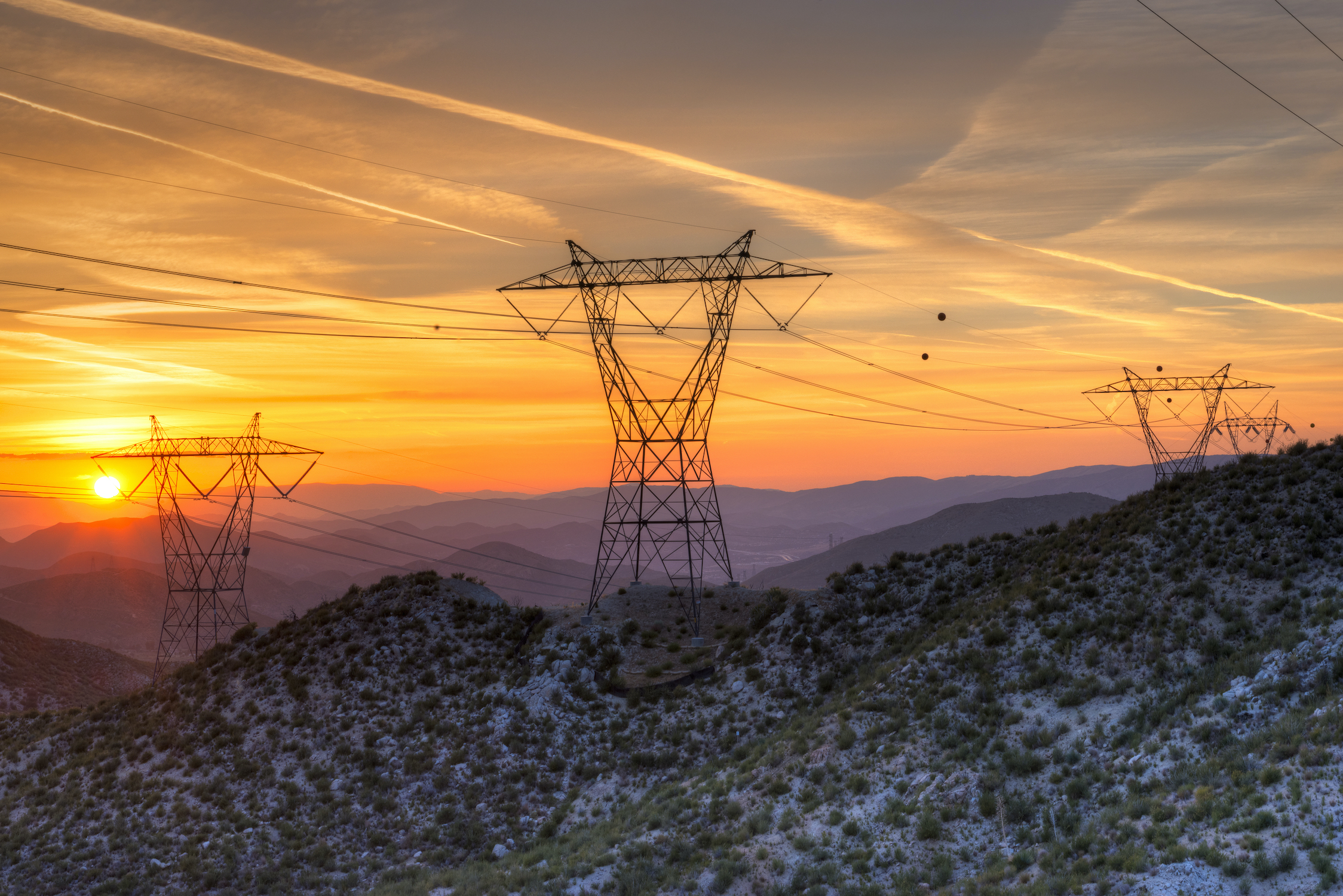I’ve written about my high hopes for microgrids and my disappointment at the speed of deployment (due in part to COVID-related slowdowns that stalled construction).
But don’t be confused. Like a swimming duck, a lot has been happening with microgrids under the surface.
New third-party financing options for microgrids in which the energy offtaker does not own or maintain the asset — known as energy-as-a-service (EaaS) or microgrids-as-a-service (MaaS) — are making microgrids accessible to small businesses with small energy loads, according to a new report from Wood Mackenzie.
While not a new structure (EaaS has been around for the better part of a decade), the research shows the market is maturing. Increasingly, financers are investing in small-scale microgrids that are less than 5 megawatts, a size better suited for on-site power generation for, say, medium to large commercial buildings or a mid-sized industrial facility.
This is kind of a big deal, as financial innovations are as important as technological innovations for clean energy technologies to proliferate. Solar is the classic example; it took off once people could get it without upfront costs.
Here are three forces that, together, finally could get you that microgrid you’ve been eyeing.
1. Microgrid portfolios are opening up new financing models
Once upon a time, microgrids were bespoke and built on a project-by-project basis. That required legwork by financers to assess the technology risk and business models, which only made sense if the projects were bigger — say, 10-20 MW minimum.
Increasingly, microgrid service providers are selling a portfolio of microgrids — that is, deploying multiple microgrids with similar (if not identical) components at different locations. The homogenization of the microgrid technologies allows investors to streamline due diligence and finance the portfolio in aggregate.
Examples include projects at Stop & Shop, which recently announced it will install microgrids at 40 of its grocery stores in Massachusetts using Bloom Energy fuel cells, and H-E-B, which plans to install microgrids at 45 locations in Texas through Enchanted Rock.
We’re seeing customers learning what microgrids can do for them fundamentally.
“The financer is basically betting that that set of controls and that technology is the same or similar across the portfolio, so they’re able to quantify and manage technology risk,” said Isaac Maze-Rothstein, microgrid analyst at Wood Mackenzie and author of the report, in a phone conversation.
Just as beneficial to financers, providers can replicate their microgrid-as-a-service business model for different customers, as Enchanted Rock has done in Texas.
“For the financer, they’re evaluating a single business model across a portfolio of diverse customers,” Maze Rothstein said.
2. Standardization is driving down costs — and increasing investors’ appetite
The predictability of the microgrid technologies in a portfolio makes them cheaper to site and install. While bespoke microgrids required on-site construction, the modular microgrids are essentially prefab, ready to be installed when they arrive on site.
As a result, the distributed energy resources (be they renewable, energy storage or fossil-based) are becoming the lion’s share of the capital costs for microgrids. The cost of renewable technologies has fallen precipitously in the last decade and is expected to get cheaper.
The aggregated portfolio of microgrids and lower costs are piquing investors’ interest — and not just the usual suspects, such as utilities.
“You also have infrastructure investors who have historically focused on oil and gas and midstream investments who are looking for above-market returns with the reliability of an infrastructure investment,” Maze-Rothstein said.
Because the mass potential size of the new market (companies that want energy reliability, need less than 5 MW and don’t want to pay upfront costs), microgrid supermajors are partnering with investors to roll out projects. Earlier this month, for example, Schneider Electric announced a partnership with Huck Capital to serve commercial buildings.
3. Energy resilience is driving more customers to microgrid as a service model
No PR campaign could have better educated companies on the need for energy resilience than recent extreme weather events. From floods to hurricanes and wildfires, businesses are starting to understand the cost of inaction.
Enter MaaS, which promises resilience without upfront or ongoing costs, a much cheaper option than buying or renting backup generators or interrupting operations. In addition, on-site microgrids can save customers money on electric bills.
“We’re seeing customers learning what microgrids can do for them fundamentally,” Maze-Rothstein said. “Many people, if you’ve lived in California in particular and you’ve had regular power outages of various types, you start looking at resilience options.”
A study from Rocky Mountain Institute shows that businesses affected by last year’s planned power shutoffs in California would have saved money if they had bought solar plus storage outright. With microgrid-as-a-service, customers can get the resilience benefits and not even fork over the cash.
And as more companies hear about these financing options through press releases and news articles (hi!), the more common they will become.
This is in contrast to microgrids owned by the offtaker (such as utilities), which are more often driven by economics and renewable integration.





